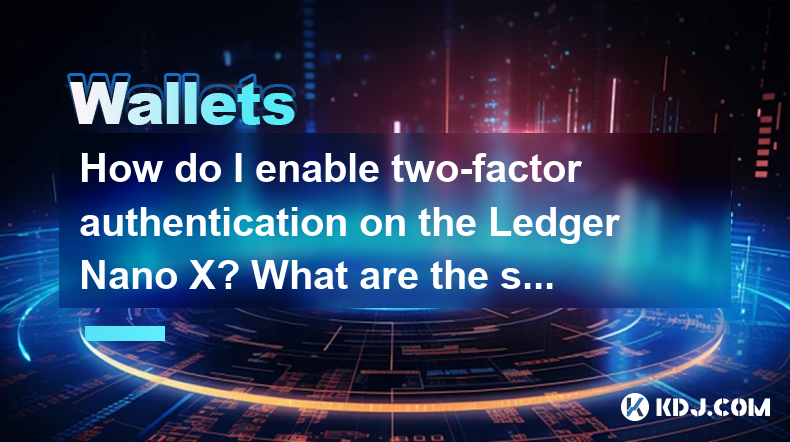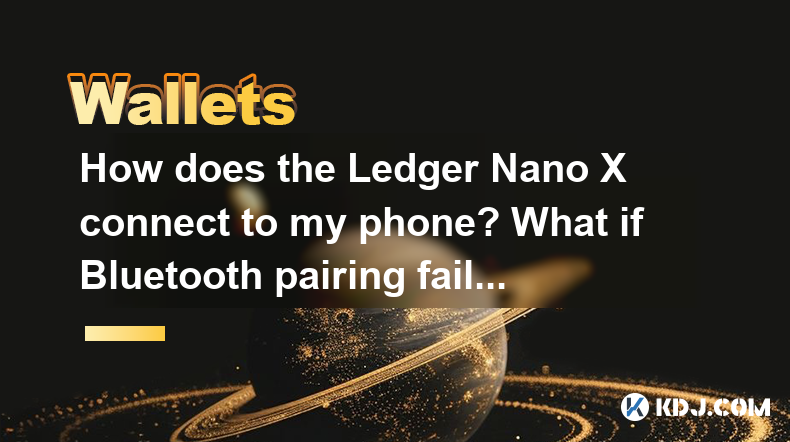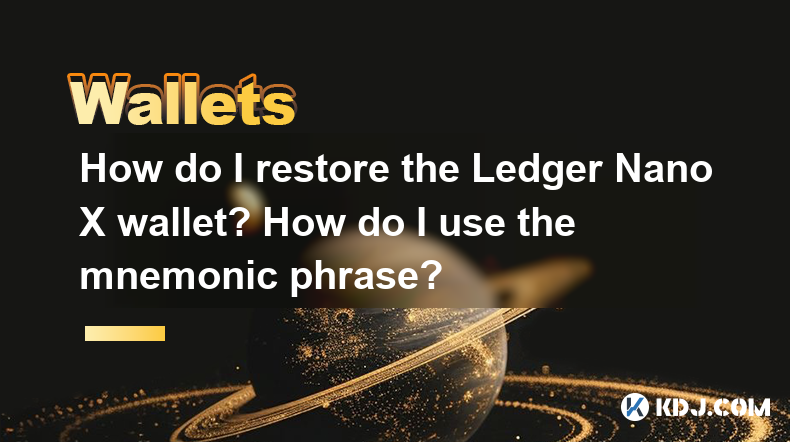-
 Bitcoin
Bitcoin $95,696.5918
-0.67% -
 Ethereum
Ethereum $1,837.7807
-0.02% -
 Tether USDt
Tether USDt $1.0004
0.00% -
 XRP
XRP $2.1817
-0.61% -
 BNB
BNB $589.3614
-1.71% -
 Solana
Solana $146.8366
-0.46% -
 USDC
USDC $1.0002
0.01% -
 Dogecoin
Dogecoin $0.1730
-2.32% -
 Cardano
Cardano $0.6883
-3.58% -
 TRON
TRON $0.2474
0.70% -
 Sui
Sui $3.3099
-0.24% -
 Chainlink
Chainlink $14.1306
-1.97% -
 Avalanche
Avalanche $20.1298
-3.42% -
 UNUS SED LEO
UNUS SED LEO $9.0720
1.37% -
 Stellar
Stellar $0.2690
-1.55% -
 Toncoin
Toncoin $3.0569
-1.70% -
 Hedera
Hedera $0.1784
-2.17% -
 Shiba Inu
Shiba Inu $0.0...01279
-2.35% -
 Bitcoin Cash
Bitcoin Cash $356.5201
-2.65% -
 Hyperliquid
Hyperliquid $20.4167
-4.11% -
 Litecoin
Litecoin $86.5763
-0.54% -
 Polkadot
Polkadot $3.9611
-2.43% -
 Dai
Dai $1.0001
0.01% -
 Monero
Monero $276.4771
-1.16% -
 Bitget Token
Bitget Token $4.3537
-0.63% -
 Ethena USDe
Ethena USDe $1.0004
-0.02% -
 Pi
Pi $0.5911
1.05% -
 Pepe
Pepe $0.0...08165
-1.21% -
 Uniswap
Uniswap $5.0891
-0.96% -
 Aptos
Aptos $5.1382
-1.86%
How does Bitcoin refer to wallet?
Understanding the significance of a Bitcoin wallet is crucial for managing and using digital currency securely.
Jan 11, 2025 at 09:50 pm

Key Points:
- Understanding the significance of a Bitcoin wallet
- Types of Bitcoin wallets and their characteristics
- Steps to create and use a Bitcoin wallet
- Essential security measures for Bitcoin wallets
Article Content:
Understanding Bitcoin Wallets
A Bitcoin wallet is a software program or physical device that stores your Bitcoin private keys and allows you to manage your Bitcoin funds. It is a crucial component of the Bitcoin ecosystem, enabling users to interact with the blockchain network and perform transactions. Without a wallet, you cannot access or spend your Bitcoins.
Types of Bitcoin Wallets
Hardware Wallets:
- Physical devices that store your private keys offline, providing enhanced security against hacking and theft.
- Examples: Ledger Nano X, Trezor Model T, SafePal S1
Software Wallets:
- Digital applications that store your private keys on your smartphone, computer, or web browser.
- Examples: Coinbase Wallet, Exodus, Binance Wallet
Hot Wallets:
- Wallets that are connected to the internet, enabling instant transactions but also exposing them to higher security risks.
- Examples: Blockchain.com Wallet, MyEtherWallet, Trust Wallet
Cold Wallets:
- Wallets that are not connected to the internet, making them more secure but less convenient for transactions.
- Examples: Paper wallets, metal wallets, hardware wallets in offline mode
Custodial Wallets:
- Wallets managed by a third-party custodian, such as an exchange or financial institution.
- They offer convenience but relinquish control of your private keys.
- Examples: Binance, Coinbase, Kraken
Non-Custodial Wallets:
- Wallets where you have full control of your private keys, providing greater security but requiring more technical knowledge.
- Examples: Bitcoin Core, Electrum, Wasabi Wallet
Creating and Using a Bitcoin Wallet
- Choose a Type of Wallet: Select a wallet type that aligns with your security preferences and usage needs.
- Install the Wallet: Download the wallet software or hardware device and follow the installation instructions.
- Create a Wallet: Generate a new wallet and set a strong password to encrypt your private keys.
- Backup Your Wallet: Create a backup of your wallet's private keys to recover funds in case of device loss or malfunction.
- Receive Bitcoins: Share your wallet's public address to receive Bitcoin payments.
- Send Bitcoins: Enter the recipient's address, specify the amount, and initiate the transaction by signing with your private key.
- Monitor Transactions: Check your wallet's transaction history to track incoming and outgoing payments.
Essential Security Measures for Bitcoin Wallets
- Use Strong Passwords: Create complex passwords that are difficult to guess.
- Enable 2-Factor Authentication: Add an extra layer of security by requiring a code from your mobile device or email for login and transactions.
- Keep Software Updated: Ensure your wallet software is always up-to-date with the latest security patches.
- Backup Regularly: Create multiple backups of your wallet's private keys and store them in secure locations.
- Avoid Phishing Scams: Be cautious of emails or websites that request your private keys or seed phrases.
- Use a VPN: Consider using a Virtual Private Network (VPN) to encrypt your internet connection and protect your wallet from hackers.
- Store Funds Wisely: Keep only small amounts of Bitcoin in your hot wallet for daily use and store the majority in a secure cold wallet.
FAQs
Q1: What is the difference between a public and a private key?
A1: A public key is a shared address where you receive Bitcoins. A private key is a secret number that allows you to access and spend your Bitcoins.
Q2: Is it safe to store Bitcoins in an exchange wallet?
A2: Exchange wallets offer convenience but are less secure than hardware or non-custodial wallets. Only store small amounts of Bitcoin in exchange wallets for immediate use.
Q3: What happens if I lose my private key?
A3: Losing your private key means losing access to your Bitcoins. It is crucial to create a backup of your private keys and store them in multiple secure locations.
Q4: How can I protect my Bitcoin wallet from hacking?
A4: Use strong passwords, enable 2-Factor Authentication, keep software updated, avoid phishing scams, and consider using a VPN.
Q5: What is the best way to store large amounts of Bitcoin?
A5: Store large amounts of Bitcoin in a secure cold wallet, such as a hardware wallet or a paper wallet.
Disclaimer:info@kdj.com
The information provided is not trading advice. kdj.com does not assume any responsibility for any investments made based on the information provided in this article. Cryptocurrencies are highly volatile and it is highly recommended that you invest with caution after thorough research!
If you believe that the content used on this website infringes your copyright, please contact us immediately (info@kdj.com) and we will delete it promptly.
- A series of recent Department of Defense decisions could make it harder for women to serve in combat roles.
- 2025-05-05 04:20:14
- Brits could make £200 if they find two of the UK's 'rarest' coins in their change
- 2025-05-05 04:15:12
- Dungannon Swifts captain Rory Hale was left dumbfounded by a decision by the IFA not to conduct a coin toss to decide what end penalties would be taken at
- 2025-05-05 04:15:12
- Remittix Price Prediction is Gaining Traction as Traders Flock Back to ETH, Spurred by Renewed Interest in the Market
- 2025-05-05 04:10:12
- Shiba Inu (SHIB) Could Cancel Two Zeros If Elon Musk Promotes It Like Dogecoin (DOGE), Historical Data Shows
- 2025-05-05 04:10:12
- The price of Ethena remained under pressure on Saturday as traders awaited the next monthly token unlock.
- 2025-05-05 04:05:12
Related knowledge

How do I enable two-factor authentication on the Ledger Nano X? What are the security options?
May 02,2025 at 09:49pm
Enabling two-factor authentication (2FA) on your Ledger Nano X is a critical step in securing your cryptocurrency assets. The Ledger Nano X offers robust security options that enhance the protection of your digital wealth. In this article, we will guide you through the process of enabling 2FA on your Ledger Nano X and explore the various security featur...

How do I export the Ledger Nano X transaction history? How long can the data be saved?
May 04,2025 at 07:21am
Introduction to Ledger Nano X and Transaction HistoryThe Ledger Nano X is a hardware wallet designed to store your cryptocurrency safely. It supports a wide range of cryptocurrencies and offers robust security features. One of the essential aspects of managing your cryptocurrencies is keeping track of your transaction history. The Ledger Nano X allows y...

How does the Ledger Nano X sync with Ledger Live? What if the sync fails?
May 04,2025 at 12:07pm
The Ledger Nano X is a popular hardware wallet that allows users to securely manage their cryptocurrency assets. One of the key features of the Ledger Nano X is its ability to sync with the Ledger Live application, which provides a user-friendly interface for managing your crypto portfolio. In this article, we will explore how the Ledger Nano X syncs wi...

How do I send cryptocurrency with the Ledger Nano X? What are the transaction confirmation steps?
May 03,2025 at 05:01am
Sending cryptocurrency using the Ledger Nano X involves a series of steps that ensure the security and accuracy of your transactions. This process is designed to be user-friendly while maintaining the high level of security that Ledger devices are known for. In this article, we will guide you through the process of sending cryptocurrency with the Ledger...

How does the Ledger Nano X connect to my phone? What if Bluetooth pairing fails?
May 02,2025 at 07:07pm
The Ledger Nano X is a popular hardware wallet designed to securely store your cryptocurrency. One of its key features is the ability to connect to your smartphone via Bluetooth, allowing for a seamless and convenient user experience. In this article, we will explore how to connect your Ledger Nano X to your phone and what to do if Bluetooth pairing fai...

How do I restore the Ledger Nano X wallet? How do I use the mnemonic phrase?
May 04,2025 at 08:07am
Restoring a Ledger Nano X wallet and using its mnemonic phrase are critical processes for any cryptocurrency user. These steps ensure that you can recover your funds if your device is lost, damaged, or stolen. This article will guide you through the detailed process of restoring your Ledger Nano X wallet using the mnemonic phrase, ensuring you can acces...

How do I enable two-factor authentication on the Ledger Nano X? What are the security options?
May 02,2025 at 09:49pm
Enabling two-factor authentication (2FA) on your Ledger Nano X is a critical step in securing your cryptocurrency assets. The Ledger Nano X offers robust security options that enhance the protection of your digital wealth. In this article, we will guide you through the process of enabling 2FA on your Ledger Nano X and explore the various security featur...

How do I export the Ledger Nano X transaction history? How long can the data be saved?
May 04,2025 at 07:21am
Introduction to Ledger Nano X and Transaction HistoryThe Ledger Nano X is a hardware wallet designed to store your cryptocurrency safely. It supports a wide range of cryptocurrencies and offers robust security features. One of the essential aspects of managing your cryptocurrencies is keeping track of your transaction history. The Ledger Nano X allows y...

How does the Ledger Nano X sync with Ledger Live? What if the sync fails?
May 04,2025 at 12:07pm
The Ledger Nano X is a popular hardware wallet that allows users to securely manage their cryptocurrency assets. One of the key features of the Ledger Nano X is its ability to sync with the Ledger Live application, which provides a user-friendly interface for managing your crypto portfolio. In this article, we will explore how the Ledger Nano X syncs wi...

How do I send cryptocurrency with the Ledger Nano X? What are the transaction confirmation steps?
May 03,2025 at 05:01am
Sending cryptocurrency using the Ledger Nano X involves a series of steps that ensure the security and accuracy of your transactions. This process is designed to be user-friendly while maintaining the high level of security that Ledger devices are known for. In this article, we will guide you through the process of sending cryptocurrency with the Ledger...

How does the Ledger Nano X connect to my phone? What if Bluetooth pairing fails?
May 02,2025 at 07:07pm
The Ledger Nano X is a popular hardware wallet designed to securely store your cryptocurrency. One of its key features is the ability to connect to your smartphone via Bluetooth, allowing for a seamless and convenient user experience. In this article, we will explore how to connect your Ledger Nano X to your phone and what to do if Bluetooth pairing fai...

How do I restore the Ledger Nano X wallet? How do I use the mnemonic phrase?
May 04,2025 at 08:07am
Restoring a Ledger Nano X wallet and using its mnemonic phrase are critical processes for any cryptocurrency user. These steps ensure that you can recover your funds if your device is lost, damaged, or stolen. This article will guide you through the detailed process of restoring your Ledger Nano X wallet using the mnemonic phrase, ensuring you can acces...
See all articles




















































































